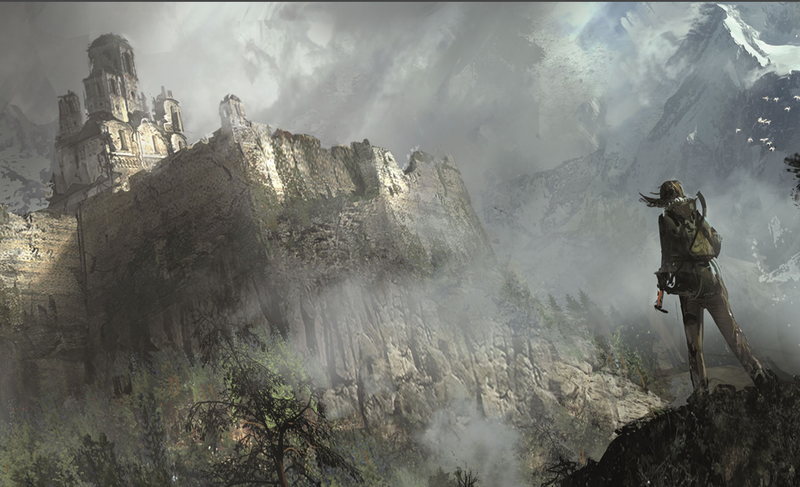World Building through Artifacts in Rise of the Tomb Raider
A short write-up of how discovering hidden items add to the World-Building and fiction in Rise of the Tomb Raider.


Complemented by some of the most artistically and technically impressive environmental vistas this side of gaming, the fiction and lore of the world in Rise of the Tomb Raider is one that rewarding to explore and discover – and perhaps even more intriguing and captivating than the game’s actual narrative.
Told through the items discovered in the world of Rise, the game’s overall lore is built and supplemented by the snippets of fiction attached to each discovered item (akin to the Souls series, but way less obtuse).
Exploration is made more meaningful for players who want a little more from their game worlds, as each item’s text is kept short enough to remain accessible (without requiring players to flip through pages of abstract texts) but mostly meaningful enough to reinforce the game’s fiction and the cohesiveness of its game world - non-linearly, one piece at a time.
However, what gives the world-building in Rise an additional edge and depth over similar games is that the game’s world not only stretches across space – with multiple hubs and spokes coming together to give the Siberian Wilderness a cohesive and believable sense of place and geography, but also the game’s commitment to stretching the lore of its environment across time.
Most of the items discovered belong to 3 main time eras: those related to the expeditions of the Prophet in the Byzantine era, the diaries of the prisoners trapped in the valley during the Soviet era, and the recordings of enemies and valley-inhabitants in the modern-day setting - adding a layered history and a certain degree of additional context-cohesiveness to the environment.
One example of the coming together of gamplay and fiction occurs when exploring a hidden tomb somewhere in the latter half of Rise. What started as a romp through an abandoned Soviet Mine slowly led into a discovering an ancient tomb from the earlier era buried beneath– which was not only visually, but also conceptually impressive, of how one tomb unfolded seamlessly into another.
Made believable by the cohesive sense of place and time established its fiction, Rise often cohesively intertwines its environmental design and its lore, giving the world of Rise a sense of consistency, but yet with enough room to surprise players without betraying its own fiction.
Read more about:
BlogsAbout the Author(s)
You May Also Like







